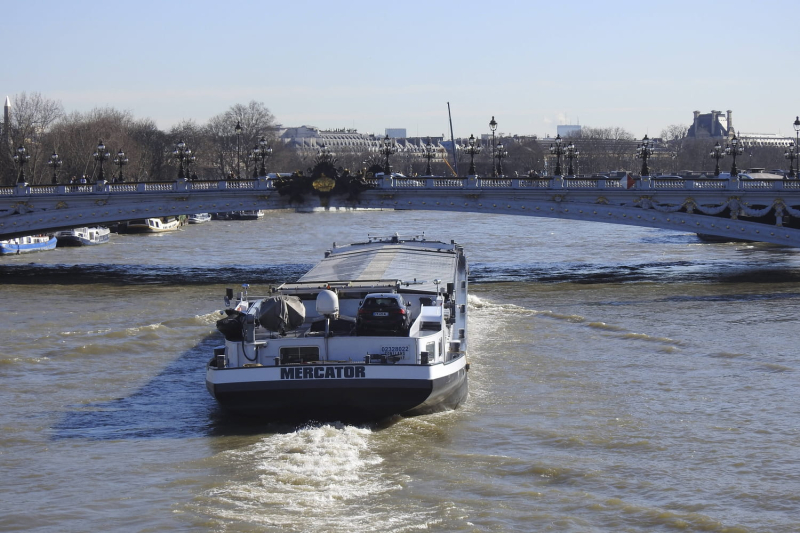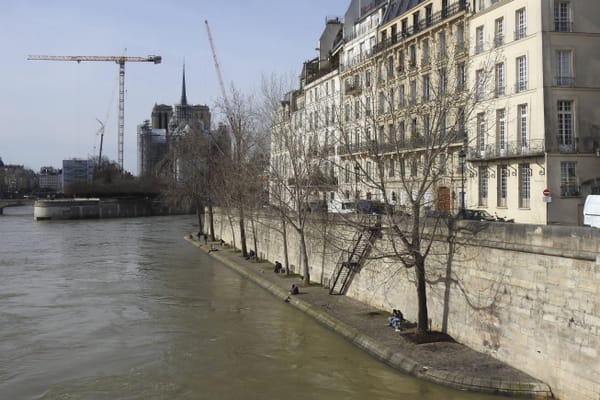A worrying report has just been published on the state of the Seine. An omnipresent but unmonitored pollutant was é detected in quantity in its waters. The French state wants to make the Seine swimmable for the Olympic Games. 1.5 billion euros were allocated. invested in this project, including four sanitation works created specifically to achieve this objective. "swimmability" of the Seine, monitoring is carried out on two families of bacteria: Escherichia coli and enterococcus. Nevertheless, a report published on Monday May 27 by the associations of the European Network for Action against Pesticides, including Future Generations, testifies to another form of pollution that goes under the radar. Water samples were taken. collected from twenty-three rivers and rivers as well as from six groundwater tables in different European countries before to be analyzed by the Karlsruhe Water Technology Center. This report indicates “widespread contamination” in the country. watercourses in Europe by trifluoroacetic acid (TFA). It comes from the degradation of PFAS, chemical compounds persisting in the environment, nicknamed “eternal pollutants”, particularly used in agriculture and industry and serving as a starting product for food production. the production of certain pesticides. After analysis, the TFA was significantly higher. detected in all water samples, but in different concentrations. In 79% of cases, the presence of the acidic acid ;passes the limit value of 500 nanograms per liter proposed by the European directive on drinking water for all PFAS. TFA levels recorded range from 370 ng/l to 370 ng/l. 3 300 ng/l. The study estimates that this finding represents “the greatest contamination in the world”. known large scale of water by a chemical produced in the world by Man. The Seine is one of the rivers with a particularly high concentration in TFA: it comes in second position with 2900 ;ng/l, after the Elbe in Germany. It is not the only watercourse affected in France: the Aisne River arrives fourth (2400 ng/l), followed just behind by the Oise river (1900 ng /l), then the Somme, in seventh position (1500ng/l). The quantityé found in the Seine is quite worrying, as assured by Pascal De Giudici, independent health expert – environment for Ouest-France : "In relation to health standards, this is worrying . It's a fundamental pollution, we'll have to live with it. However, he nuanced this. on "swimmability" of the river. "On the other hand, swimming in the Seine does not expose you to these pollutants. A priori, they do not penetrate through the skin, but on the other hand, if you swallow a little water, it contributes to the problem. the general exhibition. But don't panic! have for the Olympics. Once again, if we look for them, we find them,” he said. The European Pesticide Action Network calls for action emergency action in the face of these contaminations and the lack of regulation on TFA, which is currently classified as as "irrelevant" by the European authorities and is therefore not regulated. More research would also be necessary because few elements on its toxicity for the environment and what danger it could represent for humans are now available.


